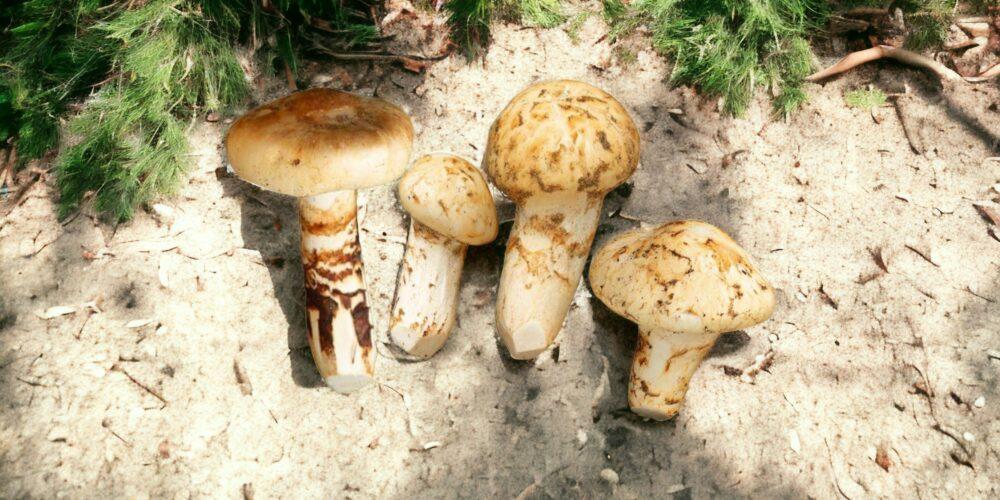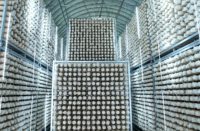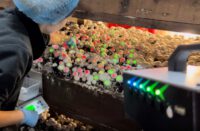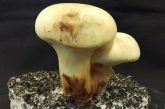Japanese researchers have recently announced in the scientific journal DNA Research that they have successfully completed the complete mapping of the genetic material of the matsutake mushroom. Researchers at the University of Tokyo and the Kazusa DNA Research Institute in Chiba Prefecture believe the results could give the way for commercial cultivation of this peculiar mushroom.
Nearly 22000 genes
The team spent about two years sequencing the genome of DNA collected from matsutake mushrooms grown in Nagano Prefecture. As a result, 21 887 potentially protein-coding genes and their sequence were identified. They found that this mushroom species has 13 chromosomes, with a total sequence of 160 million base pairs.
Combined with the results of the analysis of the proteins produced by matsutake, it may be possible to determine the environmental conditions required for artificial cultivation.
“By comparing the sequenced genome with the soil composition, the results can be used to conserve pine forests where the matsutake fungus can easily grow,” said Kenta Shirasawa, a collaborator at the institute. The research is also important because it could help identify the genes responsible for the mushroom’s specific flavour.
Prof. Norifumi Shirasaka of Kindai University said that the ecology of Tricholoma fungi has long been a mystery, so it is important that the matsutake genome is finally known in its full extent.
But what is the matsutake?
The mushroom, known scientifically as Tricholoma matsutake, is one of the most sought-after and expensive ingredients in the kitchen, with its curved stem and dirty-looking body. It has been a favourite delicacy in Japan since ancient times. A very valuable and unique species of mushroom, native to East and South Asia, Northern Europe and parts of North America. It is known for its distinctive aroma and rich, spicy, cinnamon flavour, which makes it highly valued in Japanese cuisine. Japan is one of the world’s largest consumers of matsutake mushrooms.
These mushrooms live in a mycorrhizal relationship with pine trees. Name of the mushroom refers to this: matsu = pine, take = mushroom. Theese mushrooms have a characteristic appearance, are large, fleshy and sweet-smelling. The cap is usually reddish brown or brown in colour, while the stem is white. The body of the mushroom usually has a characteristic scaly pattern. Its particularity is further enhanced by the fact that it is extremely rare and difficult to find. Matsutake mushrooms, costly on the market, are enjoyed on special occasions or in upscale restaurants due to their rarity.
Why are matsutake mushrooms so expensive?
Japan’s annual production of matsutake is now less than 1,000 tonnes. The Japanese mushroom supply is largely covered by imported mushrooms from China, Korea, the Pacific Northwest, British Columbia and northern Europe. As a result, prices on the Japanese market are highly dependent on quality, availability and origin. Prices at the beginning of the season for Japanese matsutake are $1000/kg, the average price of imported mushrooms $90/kg.
Out of stock
In recent years, wild harvestable matsutake mushroom yields have declined significantly. Partly due to habitat loss and partly due to the nematode pest that attacks pine trees known as host plants. To meet demand, strictly controlled wild-growing programmes have been initiated in Japan and other countries.
Japanese firm cultivated bakamatsutake, similar to matsutake. Cultivation challenges persist, but DNA sequencing offers potential for indoor experiments.











